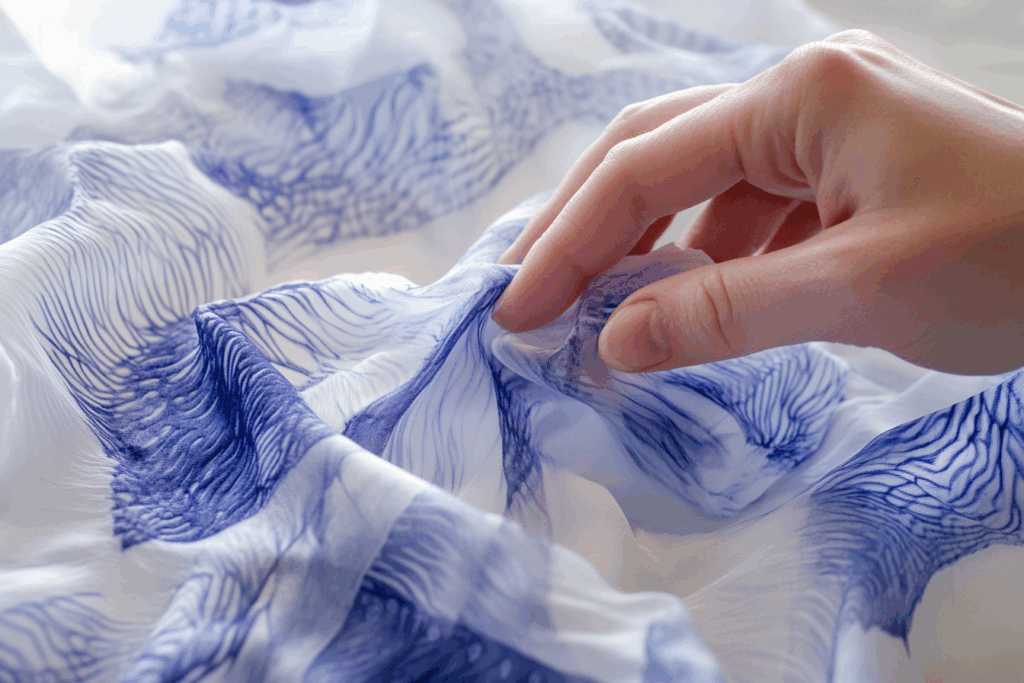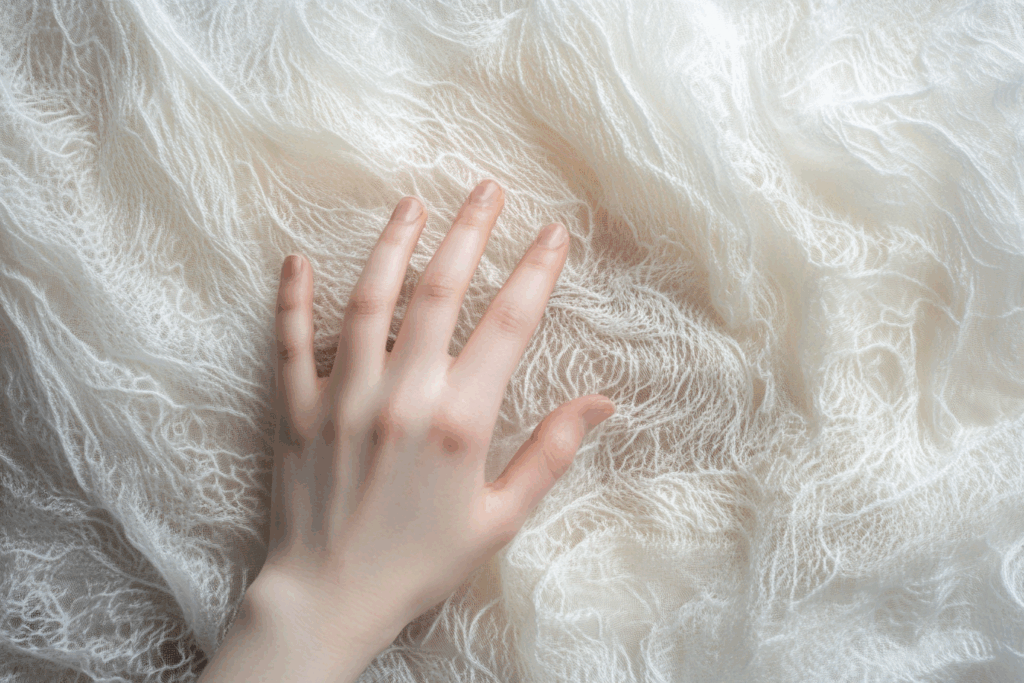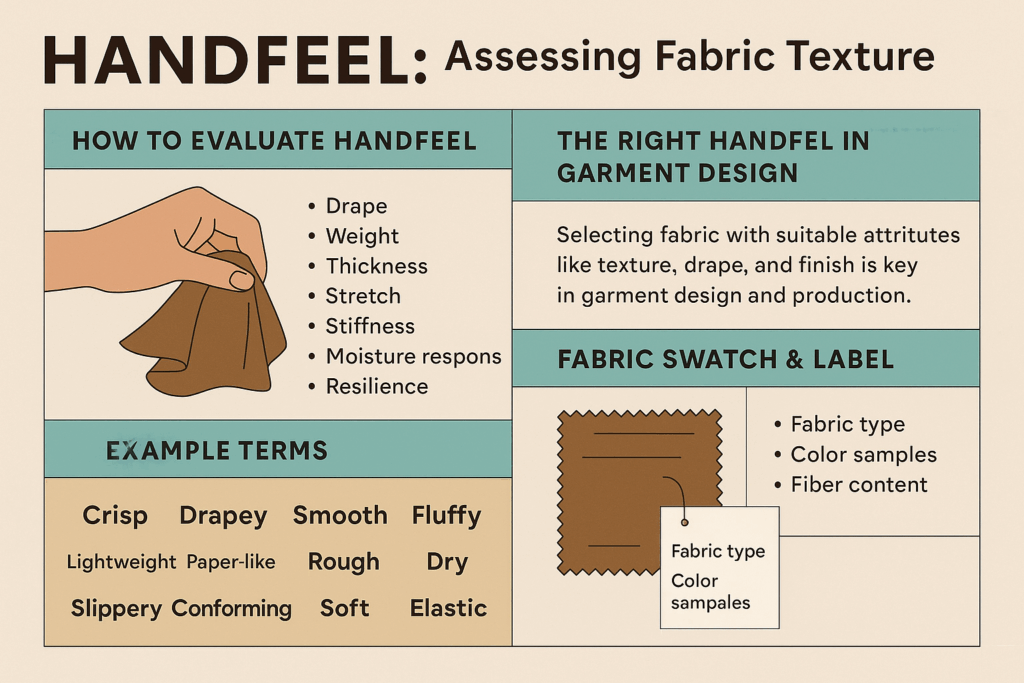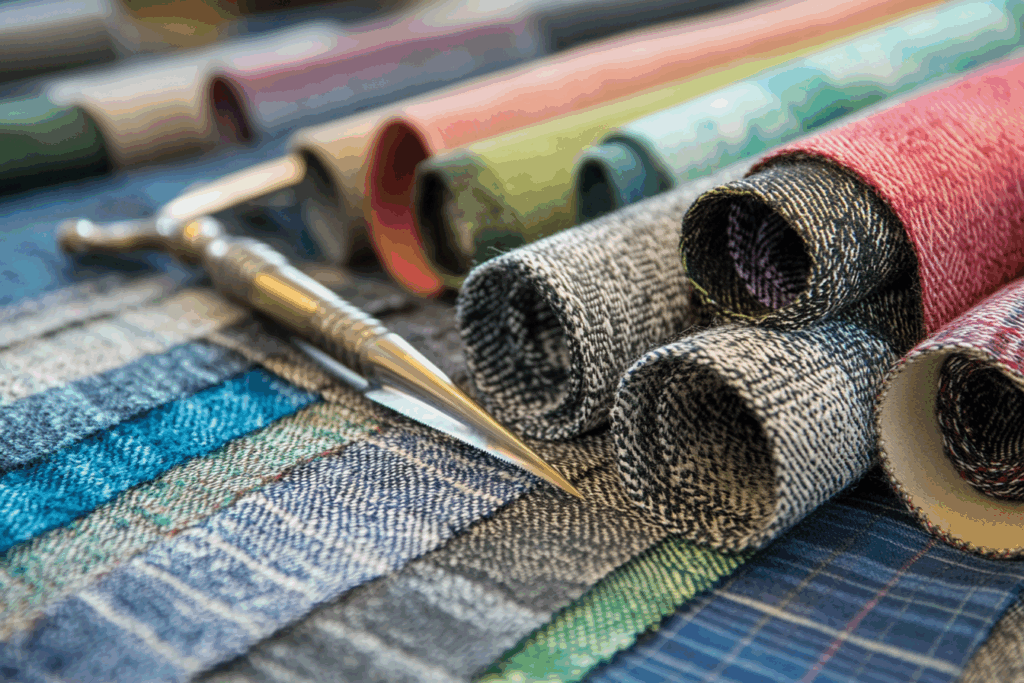Handfeel: Understanding Fabric Texture in Garment Design
🧵 What Is Handfeel?
Handfeel refers to the tactile sensation experienced when touching or handling a fabric. This term helps designers, pattern makers, and manufacturers evaluate whether a fabric is suitable for a specific garment style. The way a fabric feels—whether soft, crisp, heavy, slippery, or drapey—directly impacts design choices, construction techniques, and consumer perception.
📌 Handfeel is subjective but remains a critical factor in determining fabric suitability for fashion production.
✂️ Why Handfeel Matters in Garment Manufacturing
The weight, texture, and response of a fabric influence:
- Drape (flow of the fabric)
- Volume and silhouette (structure of the garment)
- Comfort and wearability
- Sewing and finishing methods
- Visual and tactile quality in-store or online
For instance, a stiff canvas may not be suitable for a gathered blouse, while a light, slippery silk may not work well for trousers that require structure.


📐 Evaluating Handfeel: Key Fabric Characteristics
When assessing fabric handfeel, designers consider:
| Fabric Trait | Description |
|---|---|
| Weight | Light, medium, or heavy based on density |
| Surface texture | Smooth, rough, velvety, slippery |
| Drape | How the fabric hangs or flows |
| Thickness | Thick, thin, dense, or airy |
| Stretch | How the fabric conforms or resists pull |
| Stiffness | Degree of structure or rigidity |
| Moisture response | Dry, damp, or absorbent on touch |
| Resilience | Wrinkle resistance or recovery ability |
🧷 Grasping and releasing a fabric swatch can reveal how it folds, wrinkles, and returns to shape—a fast, intuitive method to assess handfeel.
🔍 Common Descriptive Terms for Handfeel
Here is a list of industry terms frequently used to describe handfeel:
- Crisp
- Smooth
- Lightweight
- Paper-like
- Rough
- Fluffy
- Slippery
- Soft
- Coarse
- Hard
- Dry
- Extremely thin
- Drapey
- Conforming
- Stiff
- Elastic
- Velvety
These descriptive words help bridge the gap between design vision and technical fabric selection.
🧾 Fabric Swatches & Samples in Industry Practice
Fabric suppliers present swatches and sample cards to designers and manufacturers. These swatches typically measure 9 to 12 inches and include:
- Fabric type and finish
- Color samples
- Fiber composition
- Fabric width
- Manufacturer or mill details
For printed fabrics, larger samples are often required to show pattern size and repeat clearly.
🧵 Fabric libraries in design studios archive swatches with label cards so teams can reference trusted fabrics in future projects.
🧪 What Influences Handfeel?
| Factor | Impact on Handfeel |
|---|---|
| Fiber composition | Cotton feels dry; silk feels smooth |
| Yarn count and twist | Finer yarn = softer, tighter twist = firmer |
| Weave or knit structure | Loose weave = more flexible, dense = crisper |
| Finishing treatments | Brushing, calendaring, coating, etc. |
Even microscopic yarn properties—like fiber length or twist—can significantly influence how the final fabric feels in the hand.
🌟 Summary
Handfeel is a vital yet subjective element of fabric selection and garment design. From evaluating how fabric drapes to predicting how it performs in motion, designers rely on touch to guide material choices. Fabric swatches, tactile evaluation, and a deep understanding of fiber and fabric structure are essential to delivering garments that not only look good—but feel right. Whether working with classic textiles or experimenting with new materials, choosing the right handfeel enhances both consumer experience and production quality.



